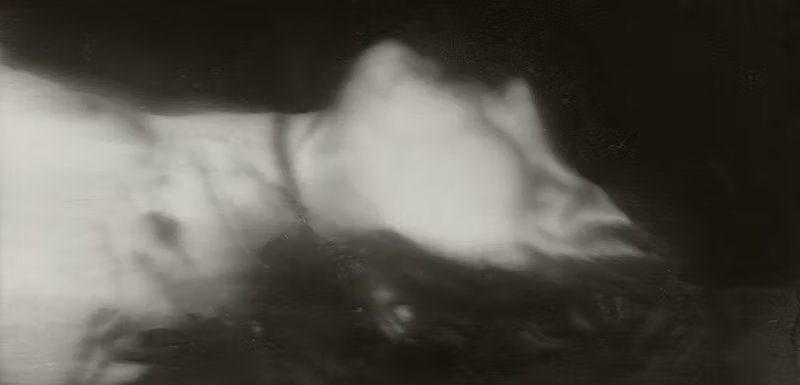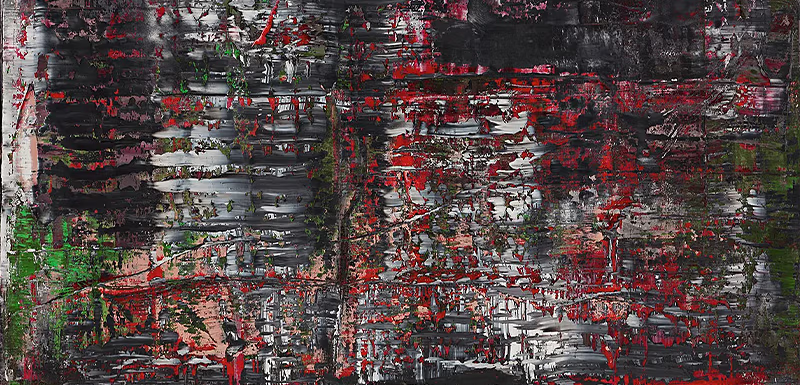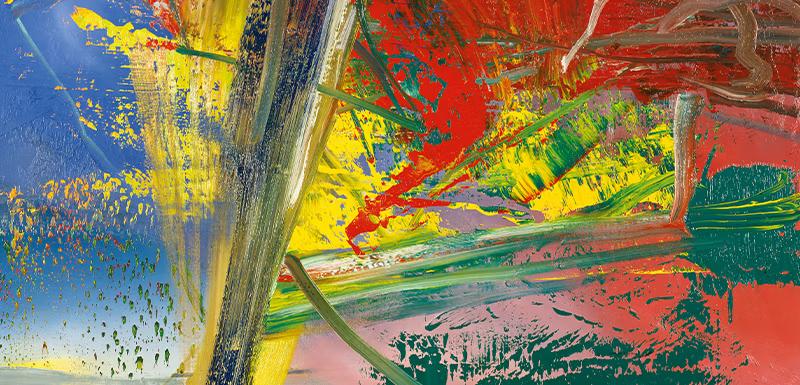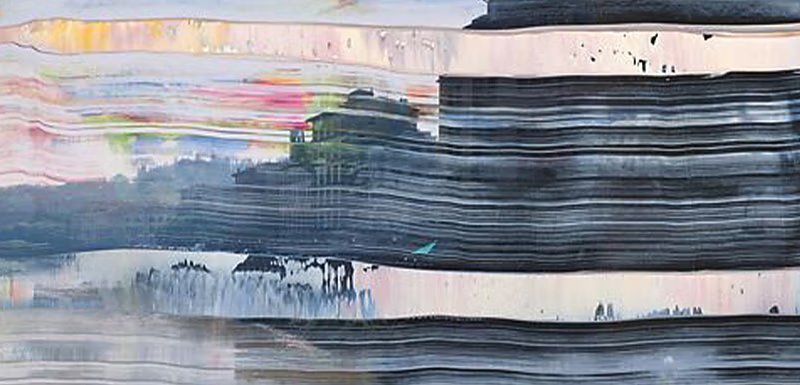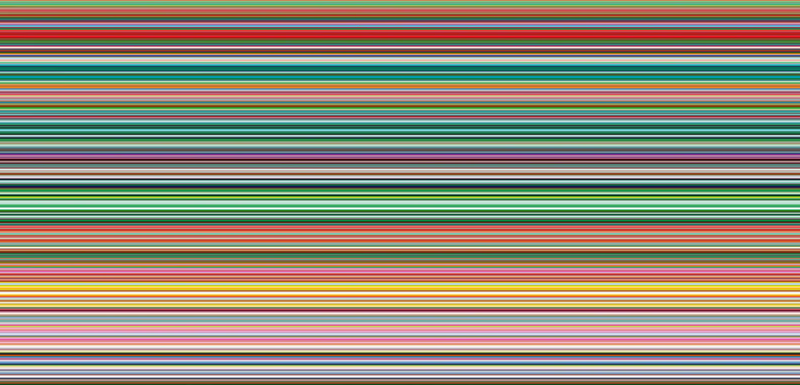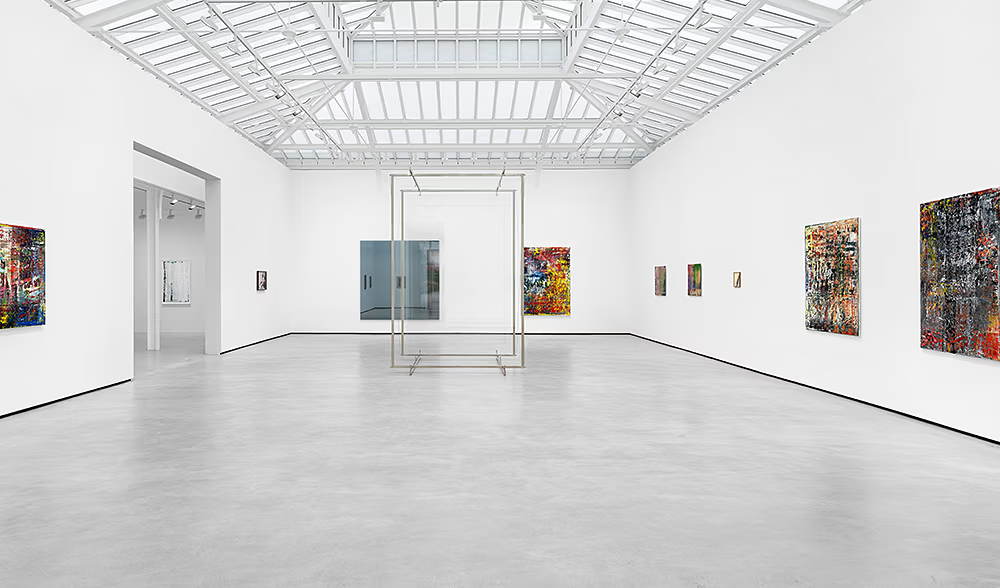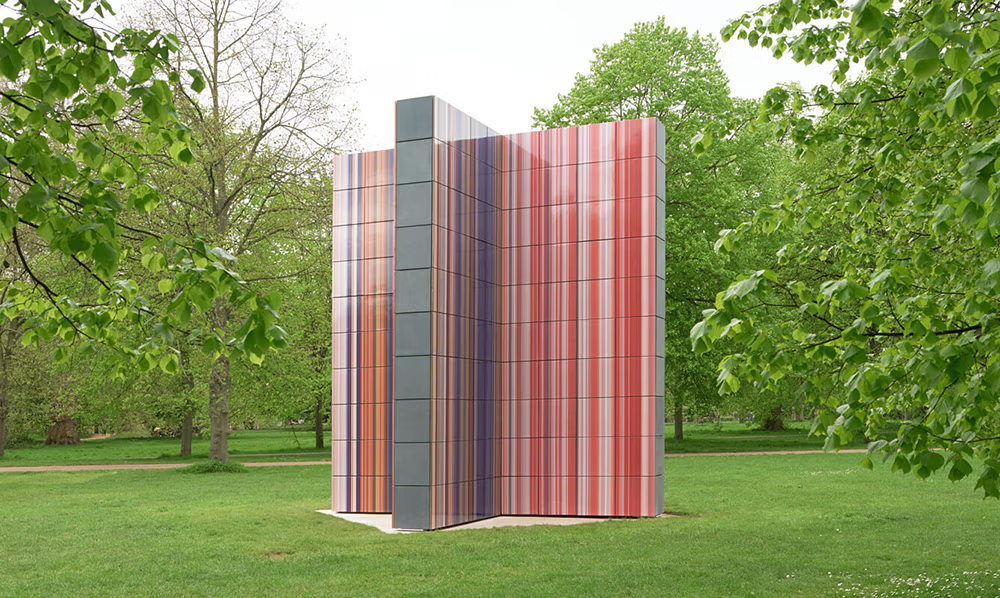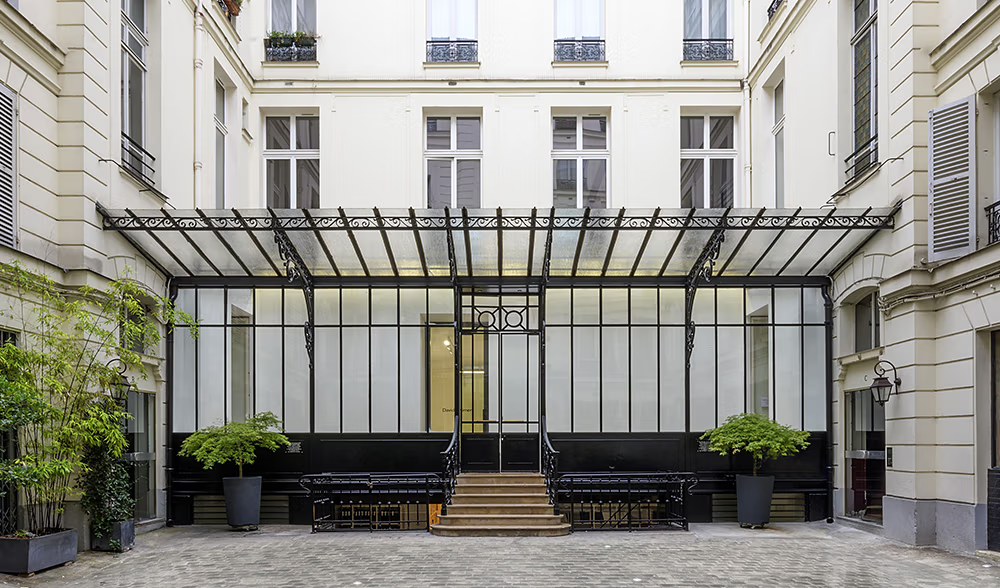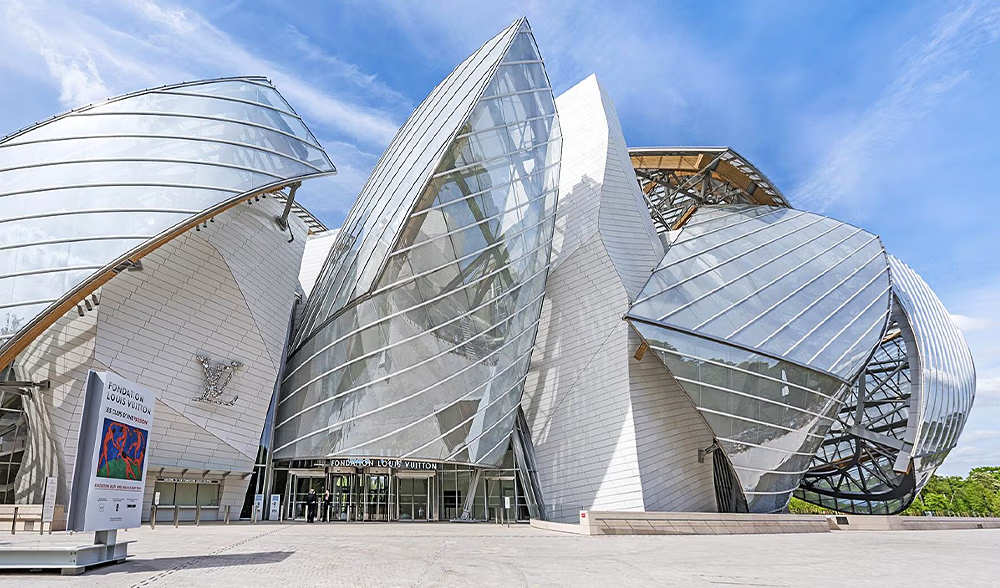Gerhard Richter, Tisch/Table, (Detail), 1962 (CR 1), Oil on canvas / Tuval üzerine yağlıboya, 90 x 113 cm., Private collection/Özel Koleksiyon. © Gerhard Richter 2025 (18102025) Photography © Jennifer Bornstein
gerhard richter
a blurred visual of disappearance
MÜMTAZ SAĞLAM
"
RICHTER'S ART, WHICH QUESTIONS THE BOUNDARIES BETWEEN PHOTOGRAPHY AND PAINTING AND REEVALUATES THIS RELATIONSHIP THROUGH THE CONCEPTS OF MEMORY, REALITY, AND REPRESENTATION, IS NATURALLY THE PRODUCT OF A POWERFULLY TRANSFORMATIVE GAZE. ACTUALLY, THIS APPROACH, WHICH FOCUSES ON THE DYNAMIC RELATIONSHIP BETWEEN REMEMBERING AND FORGETTING, MAKES PHOTOGRAPHY THE SUBJECT OF A CREATIVE PLASTIC EXPERIENCE RATHER THAN A NARRATIVE DEPTH CONVEYED THROUGH IT. IT DRAGS IT INTO A CONCEPTUAL DIMENSION. THEREFORE, THE EVOLUTION OF THE PHOTOGRAPHIC IMAGE INTO A PAINTING SHAPED OVER TIME THROUGH PAINTERLY INTERVENTIONS GAINS IMPORTANCE AS AN ATTEMPT AT AUTONOMIZATION THAT DESTROYS THE REALITY AND TEMPORAL TRACES OF THE VISIBLE IN THE PROCESS OF REPRESENTATION AND LANGUAGE CHANGE.
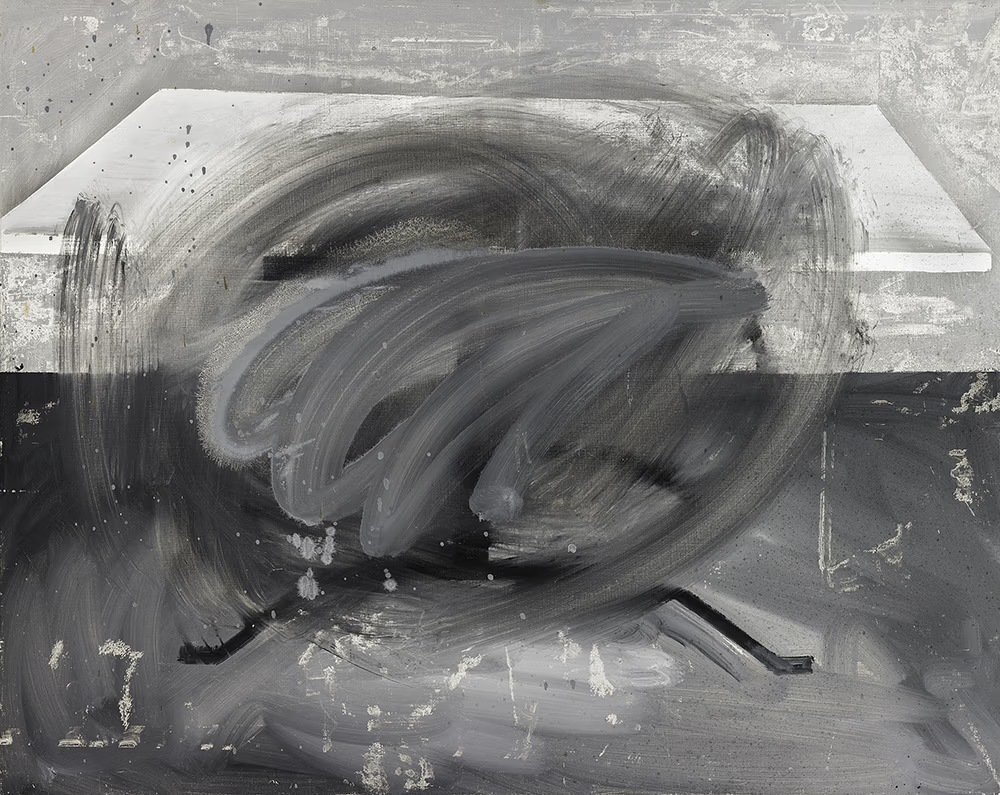
Gerhard Richter, Tisch/Table, 1962 (CR 1), Oil on canvas, 90 x 113 cm., Private collection. © Gerhard Richter 2025 (18102025) Photography © Jennifer Bornstein
Gerhard Richter’s art is actually a combination of seemingly contradictory stylistic approaches. This production understanding, diversified with different types and techniques, seems dedicated to a blurred and indeterminate visual of disappearance that questions the representational adequacy of the photographic image. The artist, identifying the 1962 Table as the first example of this gaze, has entered into an approach that veils the ready-made image with radical moves. This peculiar formulation integrates over time with a transcending expressionist performance. Attempting to individualize and shed itself from painful testimony and the burden of a painful past, it is dragged into an abstract position inclined toward destruction and attrition.
intervention in photography’s plastic potential
Gerhard Richter focuses on the complex relationship between photography and painting that develops each other throughout a large part of his artistic life. The artist, who finds the plastic potential of photography attractive as a visual dynamic, is actually disturbed by this immediate and narrative representation. Especially by problematizing the issue of memory representation, he manipulates existing images with different methods and techniques, carrying them to a pictorial position. Thus, while Richter contributes in his own way to the aesthetic quality of the distorted photograph, he also emphasizes the uncanny reality of such images. He quickly turns the blurred image phenomenon into a form of structuring. Especially with this technique powerfully sensed in the 1965 painting Uncle Rudi, he reproduces photography on the painting plane and then deliberately continues to blur the surface. This achieved blurriness is, according to Richter, an opportunity to express the transience of our perception ability. On the other hand, with this formulation technique he develops, he wants to escape from the harshness of memory representation, from the gloomy and shocking reality of a moral confrontation regarding recent history. Moreover, this technique is based on an extraordinarily flexible invention. It contains a subjectivity that occurs far beyond the possibilities of the camera it imitates. It seeks its renewed image by surpassing its source, rediscovers it by distorting it. It excessively personalizes it by drawing it into the subjective field of painting.
This action-form event, which can be characterized as the correspondence of a desire to destroy or forget -where wet paint constituting the photographic image is blurred with a dry brush technique through dynamic and systematic action- clearly reflects oscillating image tension. The photo-painting (Fotogermalerei) issue proposed as a definition and concept at this stage is also related to this attempt that overlaps with painting a material that Richter uses as the essential data field in his art. And it becomes the scene of distinctive characteristic transformations through deviations from image reality, diversifying with a new space-image perception. Effective romantic landscapes built upon photographic visuality together with figure and portrait interpretations of family members collectively constitute this totality.
Therefore, Richter’s photographs intervened with paint immediately become pictorialized. Naturally, they are subjected to more immanent distinctions by exceeding the boundaries specific to photography. This situation immediately presents us with a strategic gaze that carries the photographic image to abstract painting as an expressive dynamic. Works existing simultaneously that contradict each other are actually shaped by the ebb and flow between these two types and techniques. On one hand, photography assumes a faulty and false quality, while on the other hand, painting evolves into an ambiguous position that relies on photography. The phenomenon of intervention in photography makes visible a contradictory image and reality discussion concentrated on painterly traces, objections knotted on the issue of illusion, and indeterminacy. It adds tension and relative reality to it.
NOTES
1 Gerhard Richter destroys his early works. In 1962, he intervenes with paint on a furniture advertisement photograph, rendering it almost invisible. He names this composition Table, designating it as the first official entry in his catalogue raisonné. This tendency to blur images by erasing them is, in fact, a harbinger of developments to come. See Jackie Wullschläger, ‘My beginning is my end – Gerhard Richter at the Fondation Louis Vuitton: A provocateur duelling with everyone’, Financial Times, 15 October 2025.
2 The 1963 composition entitled Hirsch (Deer) is another important example of the shift towards a vibrating and ambiguous visual aesthetic. See. Gerhard Richter, Hirsch (Deer), 1963, Oil on canvas, 59 x 78 3/4 inches (150 x 200 cm) , Fondation Louis Vuitton, Paris © Gerhard Richter 2023 (16032023)
3 This technique can be described as a shaping action in which the aged paint is scraped off and smoothed, blurred with a dynamic transition effect softened by a dry brush. The issue here is the overriding of the photographic source, leading to or exposing it to a perception that undermines its reflective adequacy.
4 Gerhard Richter, Uncle Rudi, 1965, Oil on canvas, 187×50 cm., Catalogue Raisonné: 85, Lidice Gallery, Lidice, Czech Republic.
6 See. Mark Prince, Gerhard Richter: Images of an Era | Out of Focus: After Gerhard Richter, Frieze Bucerius Kunst Forum and Hamburger Kunsthalle)
7 The 2014 Birkenau images serve as evidence of the priority given to the pictorial. This four-part series, based on photographs secretly taken by Jewish prisoners at the Auschwitz-Birkenau concentration camp in 1944, has been transformed into abstract and conceptual interpretations by applying paint over the photographic depictions until they became unrecognisable. See. Gerhard Richter, Birkenau, 2014, Oil on canvas Neue Nationalgalerie, Stiftung Preußischer Kulturbesitz, Berlin, loan from Gerhard Richter Art Foundation © Gerhard Richter 2025.
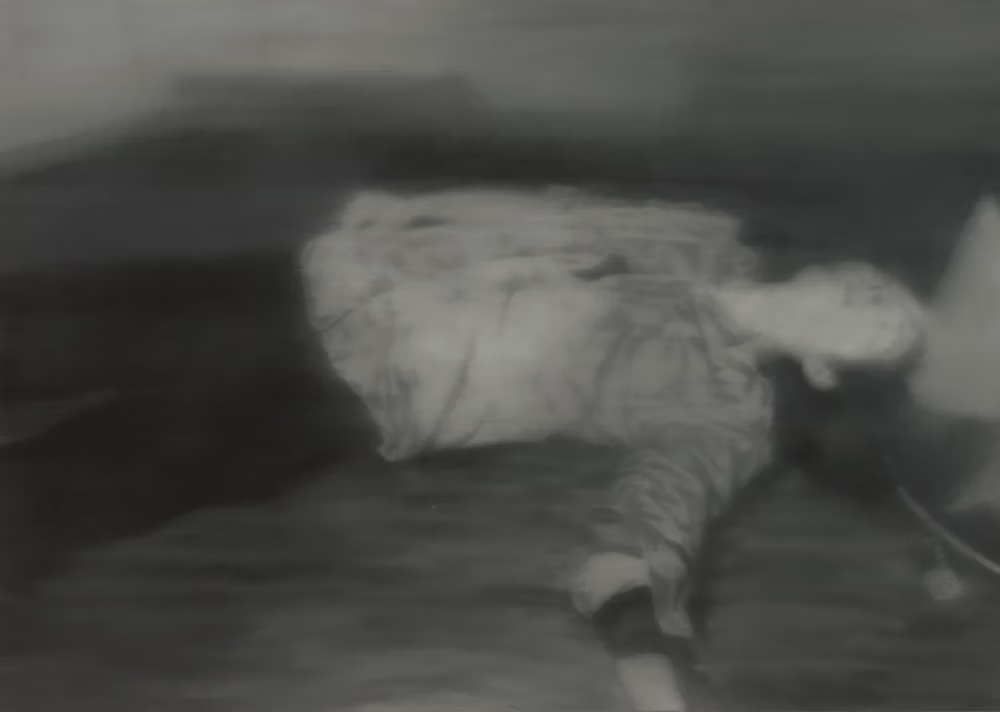
Gerhard Richter, Man Shot Down 1, 1988, Oil on canvas, 100 cm x 140 cm .Catalogue Raisonné: 669-1, The Museum of Modern Art (MoMA), New York, USA. [https://www.gerhard-richter.com/en/art/paintings/photo-paintings/baader-meinhof-56/man-shot-down-1-7691]
the indeterminate image phenomenon and representation
If attention is paid, it will be seen that the indeterminate image phenomenon pursued by Gerhard Richter develops upon the potential and possibilities of an art practice that disrupts the direct flow and readability of reality and memories. Therefore, it is important that this phenomenon transforms into a continuous expression preference renewed through visual language transfer. Because, in every case, this has been the primary way of moving away from a content depth that appears narrative, of carrying expressionist quality to another dimension through abstraction.
Richter’s art, which questions the boundaries between photography and painting and reevaluates this relationship through the concepts of memory, reality, and representation, is naturally the product of a powerfully transformative gaze. Actually, this approach, which focuses on the dynamic relationship between remembering and forgetting, makes photography the subject of a creative plastic experience rather than a narrative depth conveyed through it. It drags it into a conceptual dimension. Therefore, the evolution of the photographic image into a painting shaped over time through painterly interventions gains importance as an attempt at autonomization that destroys the reality and temporal traces of the visible in the process of representation and language change. The formative will that causes this reveals the special and distinctive results of the view on the issue of representation with intellectual and emotional ebbs and flows experienced in the process reaching the turn of the century. Sometimes it also allows for a radical harshness clearly visible in the Birkenau paintings, which preserve their plain reality in every case.
Mümtaz Sağlam Copyright © Kasım 2025, All Rights Reserved

prof. mümtaz sağlam Art writer and curator. He has numerous publications on current issues, theoretical debates and prominent artist attitudes in the field of plastic arts. He lives and works in Izmir and London.
ON THE GERHARD RICHTER’S ART
PARIS EXHIBITIONS / 2025 – 2026
fondatıon louıs vuıtton / parıs
Gerhard Richter, Retrospective, Curators: Dieter Schwarz and Nicholas Serota, October 17, 2025–March 2, 2026, Fondation Louis Vuitton, Paris, France,
DAVID ZWIRNER / PARIS
Gerhard Richter, Solo Exhibition, October 20, December 20 2025, David Zwirner, 108, rue Vieille du Temple, 73003 Paris, France.
EXHIBITION CATALOGUE
Gerhard Richter, Contributors: Dieter Schwarz, Designer: Silke Fahnert and Uwe Koch, Publisher: David Zwirner Books, Printer: Triofolio-Verona, 192 pages, English, New York 2023.
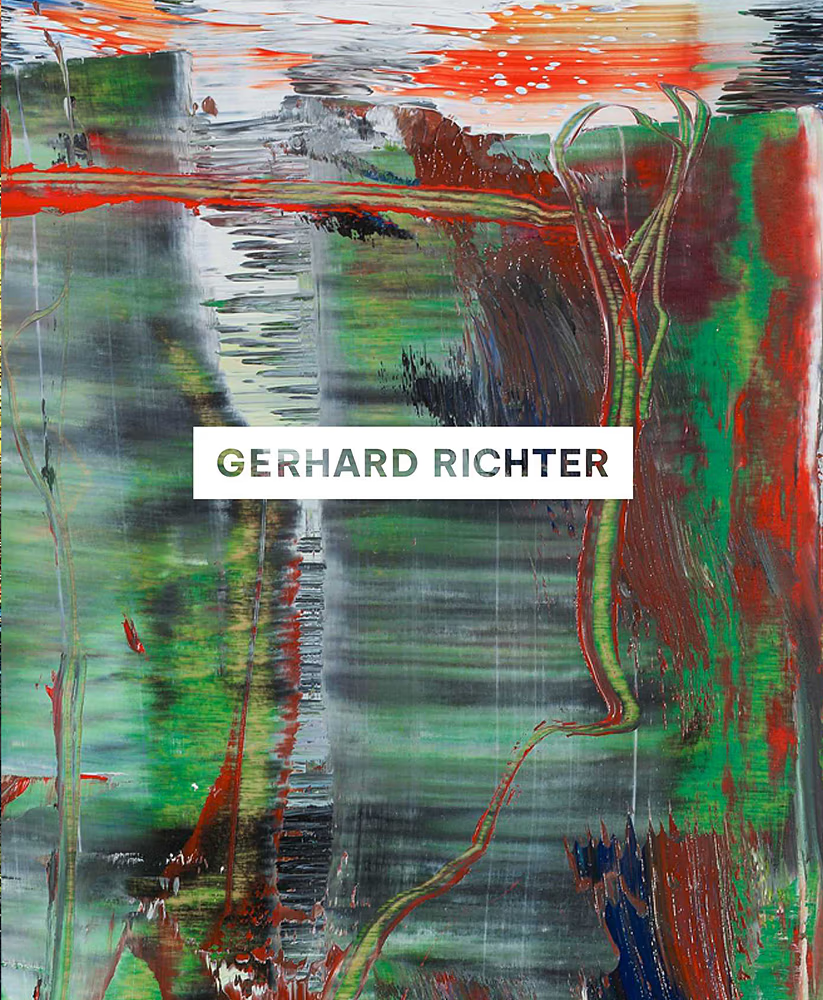
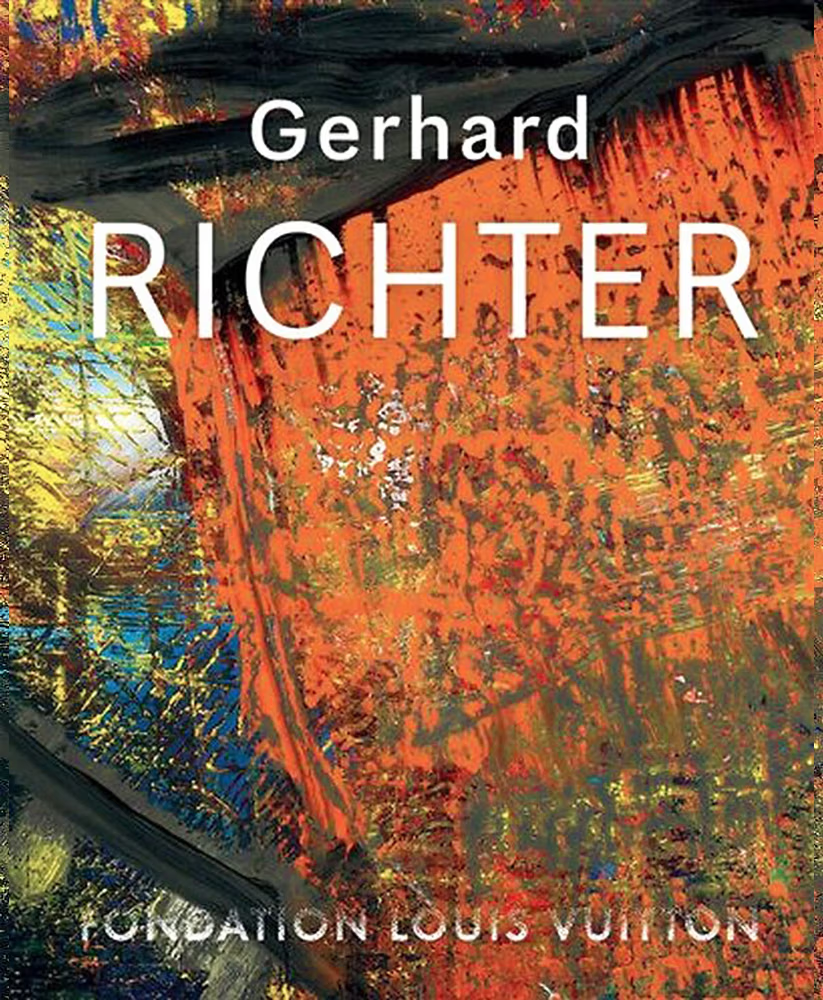
EXHIBITION CATALOGUE
Gerhard Richter, Authors: Nicholas Serota and Dieter Schwarz, Contributors: Michael Lüthy, Georges Didi-Huberman, Guy Tosatto, Dietmar Elger, Publisher: Fondation Louis Vuitton, Citadelles&Mazened, English, 416 pages, Papperback with flab, October 2025, Paris.
PAINTING SERIES AND PROJECTS
DRAWINGS

Richter stopped painting on canvas in 2017. After this date, he focused on drawing. These works, drawn and painted on A4 paper, consist of independent experiments produced with coloured ink and pencil. They resemble diaries kept in drawings. They directly reflect the artist’s intellectual and emotional intensity in a fluid manner. In addition to rulers, compasses and other tools, he uses erasers and scrapers, just as he does in his paintings. He also employs frottage techniques and solvent chemicals to create stains. This experimental approach, which increasingly evokes the visuality of maps, filled with vibrating contours, erasures and stains, reflects a strange spontaneity in exploring the visual possibilities of drawing as a medium. It seems to be stuck in the flow between perception and reflection, chasing imagination, continuing to find things that are not there or missing what is right in front of us.
STRIP-TOWER
Strip-Tower (2023) is a project that expands on Richter’s sixty years of research in the fields of painting, photography, digital reproduction, and abstraction. The artist, who began developing the Strip Paintings series in 2010, transformed his photographed and scanned work Abstract Painting 724-4 into horizontal and vertical strips by dividing it into two strips in a digital environment, then four, eight, sixteen, and thirty-two strips. The vertical strips of the painting were stretched horizontally, laminated onto aluminium, and covered with plexiglass. The colourful striped ceramic tiles that form Strip-Tower are a dense composition covering intersecting vertical panels. This work is essentially based on Richter’s ongoing interest in reflections, systems, and repetitions. It has become a symbolic monument to the artist’s approach of self-examination through painting, photography, digital reproduction, and abstraction, which has occupied his practice for over sixty years. [https://www.serpentinegalleries.org/whats-on/gerhard-richter-strip-tower/]
CAGE PAINTINGS
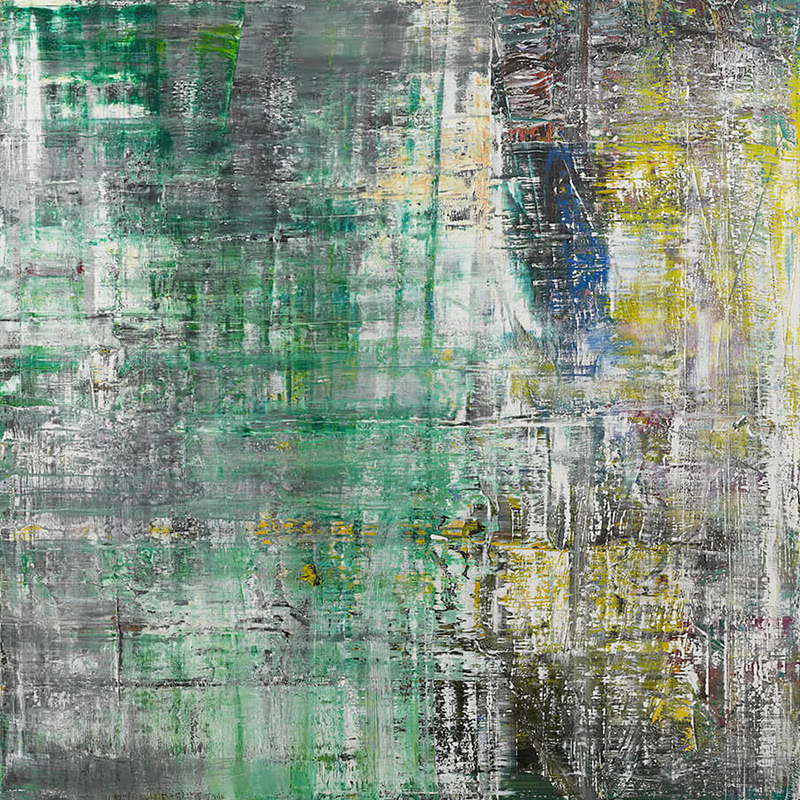
19 April – 26 June 2021, Gagosian Gallery, New York, USA
A series of paintings designed by Gerhard Richter in 2006 is named after the American experimental composer John Cage. The Cage paintings are the result of gradual and layered painting and erasure processes. Their surfaces consist of erased and scratched marks, brushstrokes, and painted areas that can appear delicate and fluid as well as coarse and rigid. Interested in John Cage’s ideas about ambient sound and silence, Richter took a radical approach in this series, refusing to use his hands and instead employing his famous eraser. Richter also created a six-part series of prints in 2020 that continues the influence of this series. Both in their painted and printed forms, the Cage paintings are an important series that brings together a painterly process that questions the emotional impact of colours and transforms into improvisation through dynamic body movements.
ATLAS
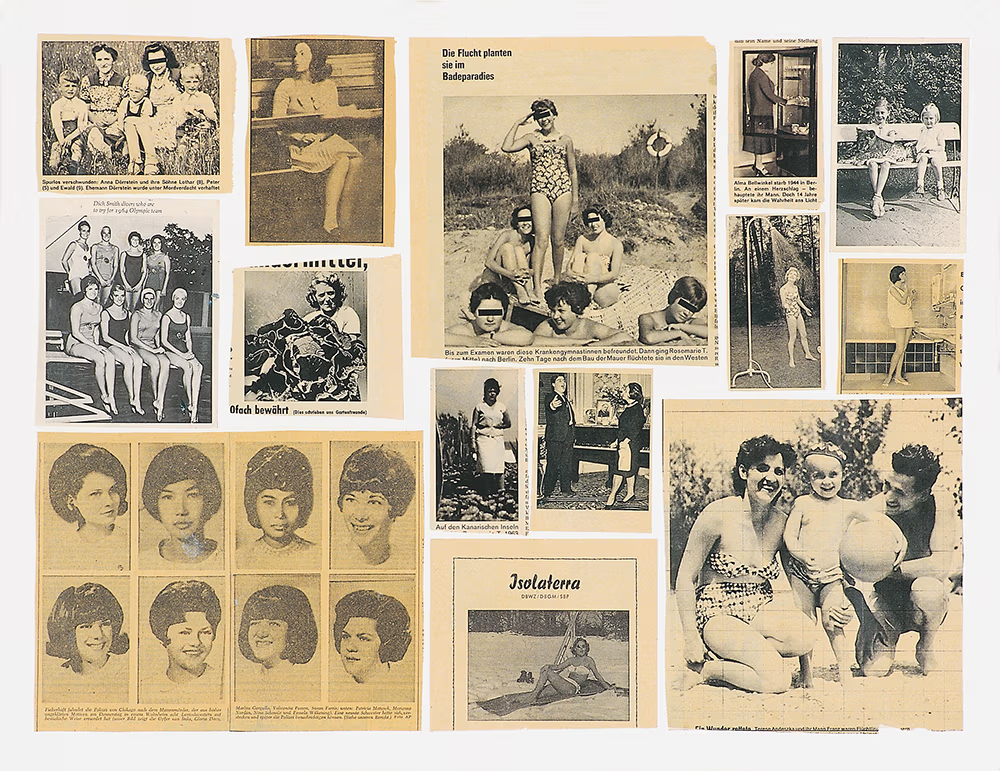
STRIP PAINTINGS

Richter’s Strip paintings are an original and conceptual series that emerged in the later stages of his career. They are quite different from his abstract works. They consist of his abstract paintings being transformed into thin coloured strips based on digital photographs of them. The Strip series is a process of further abstracting an already abstract painting. Here, Richter focuses on the transformation of the image and the issue of data loss or gain. This new painting practice, which means the complete disappearance of the artist’s hand, produces visually stimulating structures consisting of coloured vertical or horizontal lines. On the other hand, this series of paintings, which began in 2011, is considered one of the most radical expressions of Richter’s thoughts on the process of making art. It involves a deep questioning of fundamental issues such as what a painting is, the role of the artist, and image production in the digital age.
4900 COLOURS

4900 Colours consists of bright monochrome squares randomly arranged in a grid pattern to create dazzling kaleidoscopic layers of colour. The 196-square panel, comprising 25 coloured squares, is designed to be configured in various variations, from a single large-scale piece to numerous smaller images. Richter developed a special version consisting of 49 paintings for the Serpentine Gallery in 2008. 4900 Colours was partly inspired by Richter’s design for the south transept window of Cologne Cathedral, which replaced stained glass windows destroyed during the Second World War. The 4900 Colours concept played an important role in its development. The development of 4900 Colours was also influenced by Richter’s first series in 1966, grid paintings created by copying industrial colour charts produced by paint manufacturers on a large scale. As in his photographic paintings, his use of found material as a source eliminated the artist’s subjective compositional preferences; however, the Colour Chart Paintings took this a step further by eliminating the hierarchy between subject and representational purpose and focusing on colour to create an egalitarian artistic language.
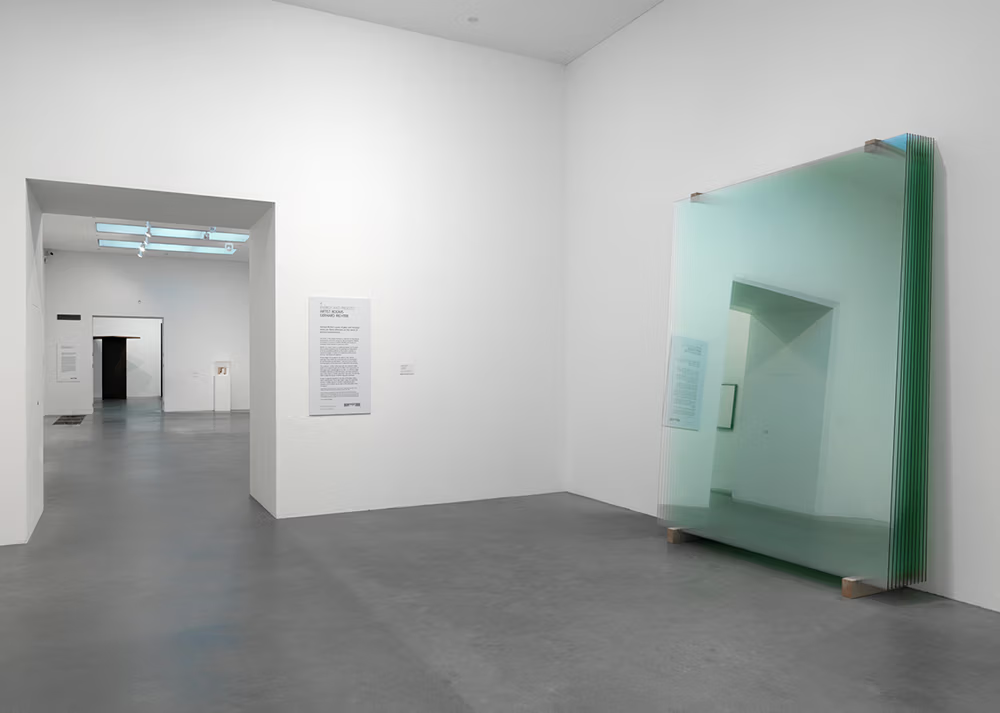
GLASS AND MIRROR PANELS
Gerhard Richter has produced glass and mirrored works that contain genuine reflections on the nature of pictorial representation. The artist seeks to explore the possibilities of these materials in order to reproduce visual reality or to continue experimenting with colours, textures, techniques and gestures. He produced his first glass works in 1967, thereby opening up a new field of work and thought related to debates on representation and perception. For example, the sculpture 11 Panels (2004) utilises the material’s ability to be viewed from within as well as its reflective properties. The transparency of each glass panel, leaning against the wall at different angles, multiplies the reflections into distorted shapes, which constantly change as the viewer approaches and moves away from the work. The blurring effect is reminiscent of that seen in Richter’s figurative paintings.
REPRESENTED BY
David Zwirner is a prominent art gallery renowned for hosting innovative, original and pioneering exhibitions. Having helped numerous artists develop their careers, David Zwirner opened his first gallery in New York’s SoHo district in 1993. In the early 2000s, it relocated from SoHo to Chelsea. In 2012, it opened its gallery in London’s Mayfair district, followed shortly thereafter by galleries in Hong Kong, Paris, and, two years ago, Los Angeles, which boasts extensive exhibition spaces and facilities. David Zwirner also contributes to the art world through an online gallery programme, a podcast called Dialogies, and content production under the name Utopia Edition. He also continues to publish catalogues and books under the name David Zwirner Books. In 2021, he established a comprehensive company called Platform where artworks can be purchased.
The Fondation Louis Vuitton, housed in a building designed by Frank Gehry and considered one of the most iconic works of 21st-century architecture, has been open since 24 October 2014 and is dedicated to showcasing creative and innovative projects. It prioritises major exhibitions that evaluate contemporary art developments from a historical perspective. In addition to productions such as ‘Keys to Passion’, ‘Icons of Modern Art, the Shchukin Collection’, “Courtauld Collection: A Vision for Impressionism‘, ’Icons of Modern Art, The Morozov Collection‘, as well as exhibitions dedicated to important artists such as ’Inventing a New World: Charlotte Perriand‘ and ’Simon Hantaï – Centenary Exhibition”. The foundation is currently hosting a retrospective of the renowned German artist Gerhart Richter.
GERHARD RICHTER
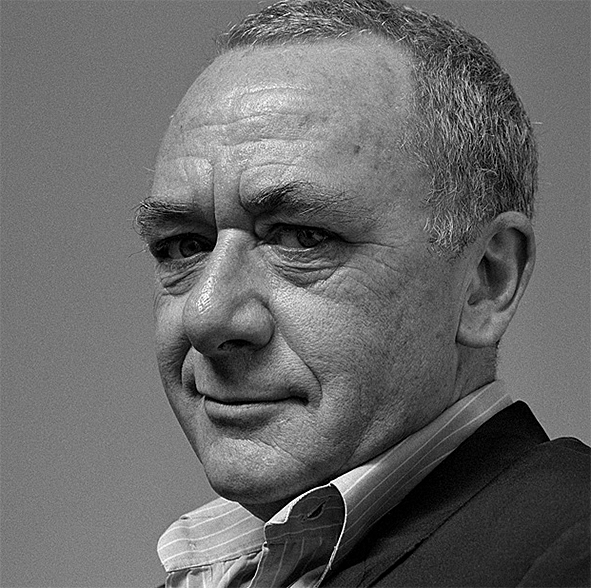
Gerhard Richter (b. 1932) was born in Dresden, Germany. He spent his childhood and youth in Waltersdorf. Between 1951 and 1956, he studied art at the Dresden Hochschule für Bildende Künste. In 1959, he visited Documenta II in Kassel, West Germany, and this experience inspired him to change his artistic direction. He left East Germany in 1961. He resumed his studies at the Staatliche Kunstakademie in Düsseldorf. In 1972, he was selected to represent Germany alone at the Venice Biennale. The artist, who has held solo exhibitions at many renowned galleries and museums, has produced a wide variety of works that appear extremely complex within a stylistic transition derived from the relationship between photography and painting. The artist, who takes a deep look at the issue of representation and the material reality of art, lives and works in Cologne. (Photo: Timothy Greenfield Sanders)
GUIDE 2025 – 2026 PUBLISHED

İZMİR - LONDON
saglamart; dinamik bir anlayış ile hareket eden, kültür-sanat ortamındaki olay ve olgulara, sanatçı tavırlarına, yapıtlara ve yayınlara odaklanan bağımsız bir yayın etkinliğidir. Tüm hakları saklıdır. Görüntü ve yazılar izinsiz kullanılamaz. / saglamart is an independent publishing initiative driven by a dynamic vision, focusing on events and developments in the cultural-artistic landscape, artist perspectives, works, and publications. All rights reserved. Images and texts cannot be used without permission.


